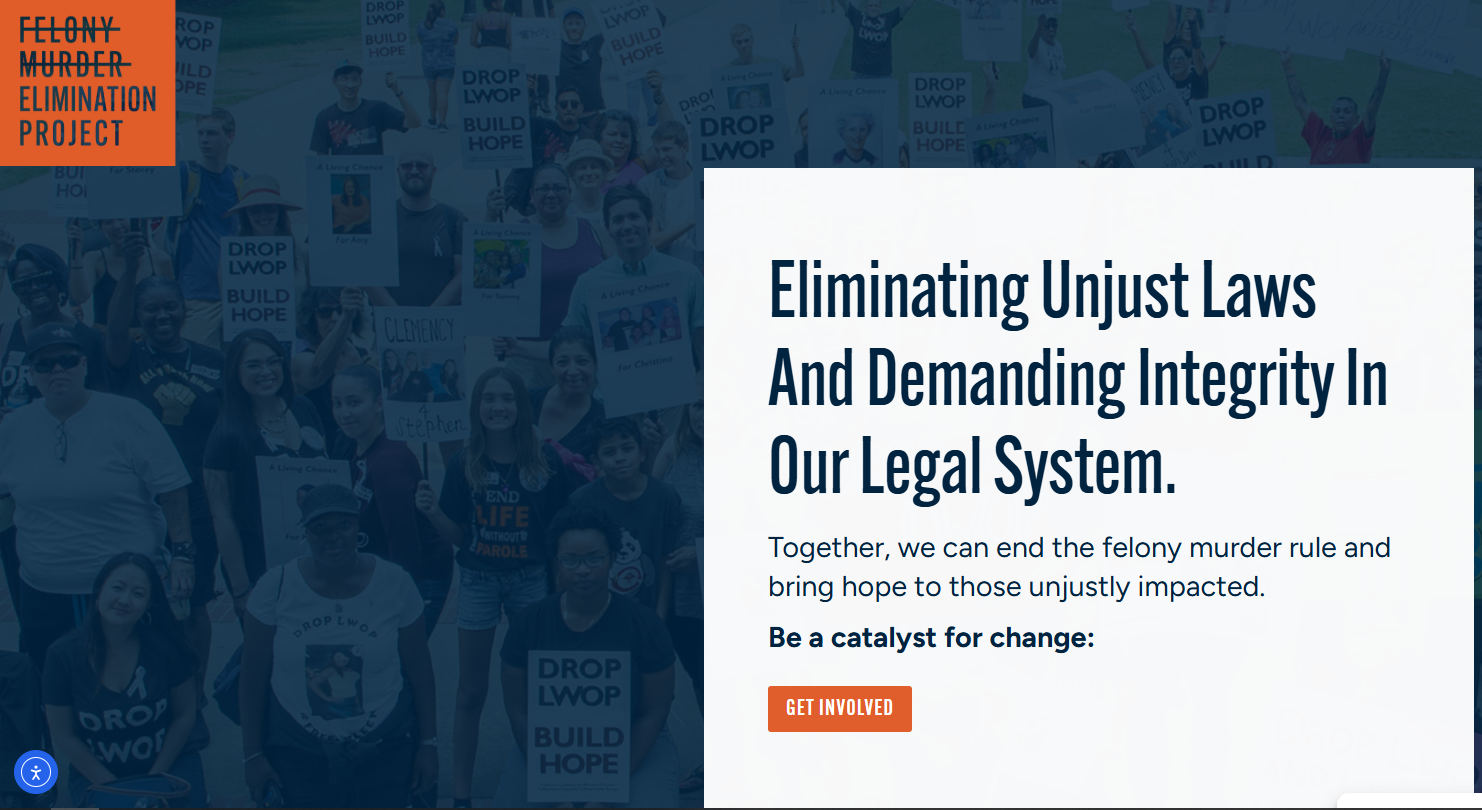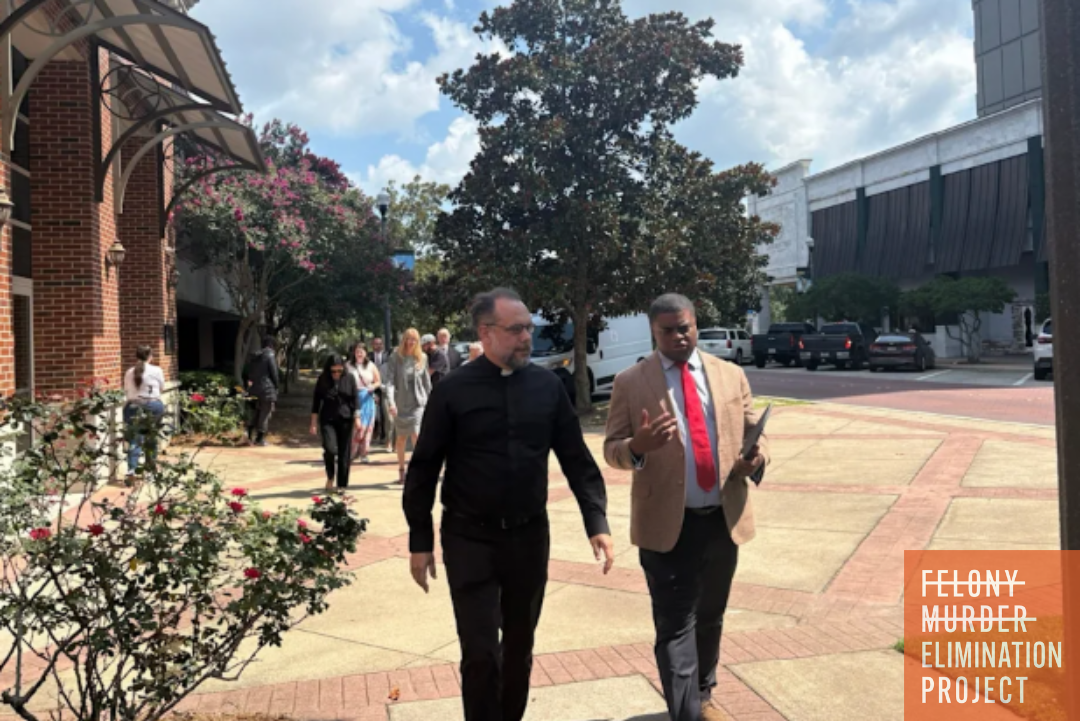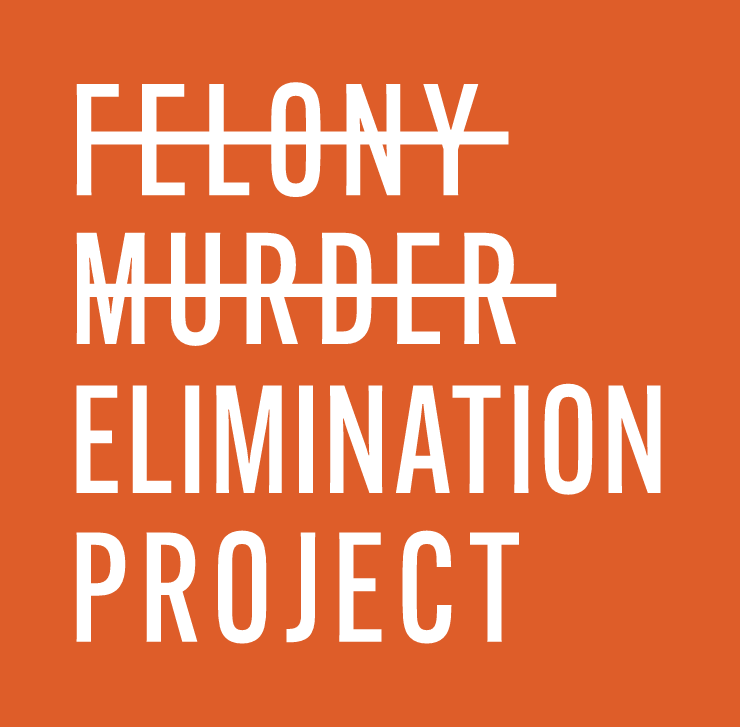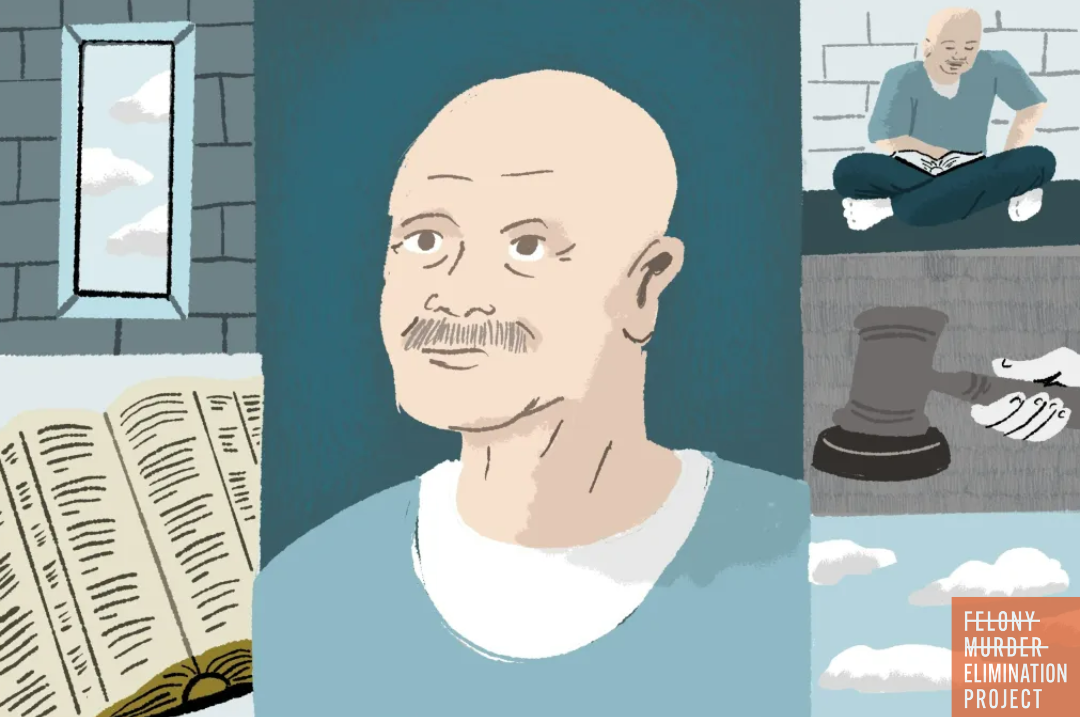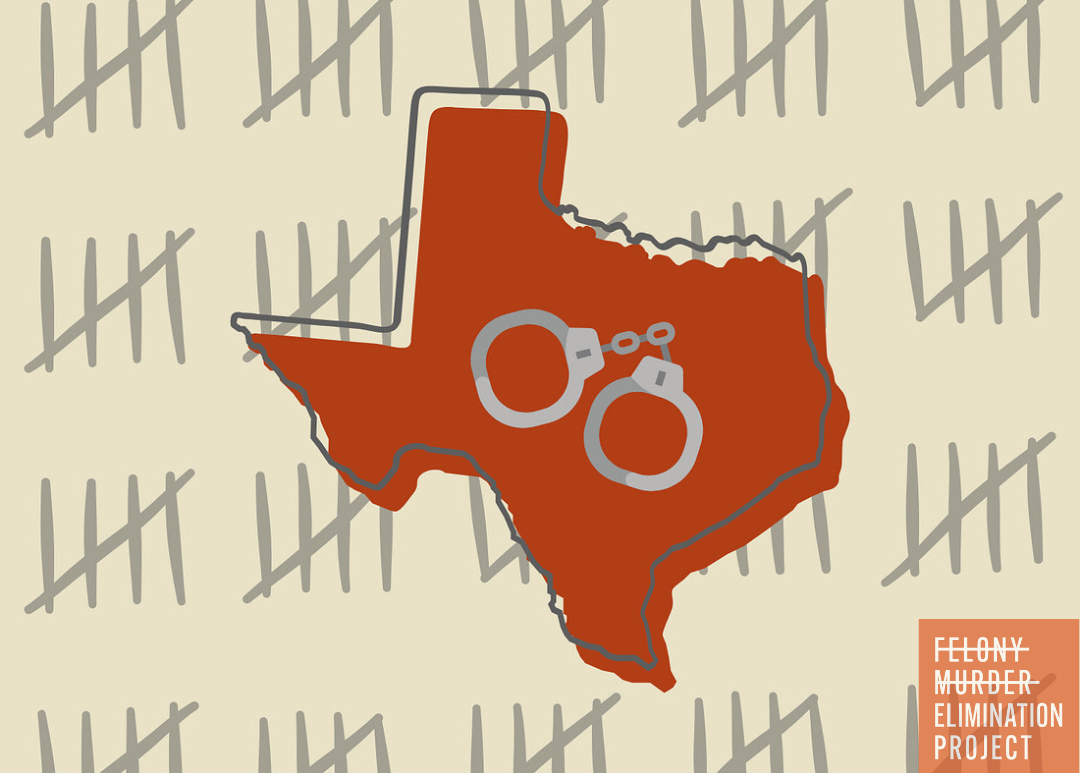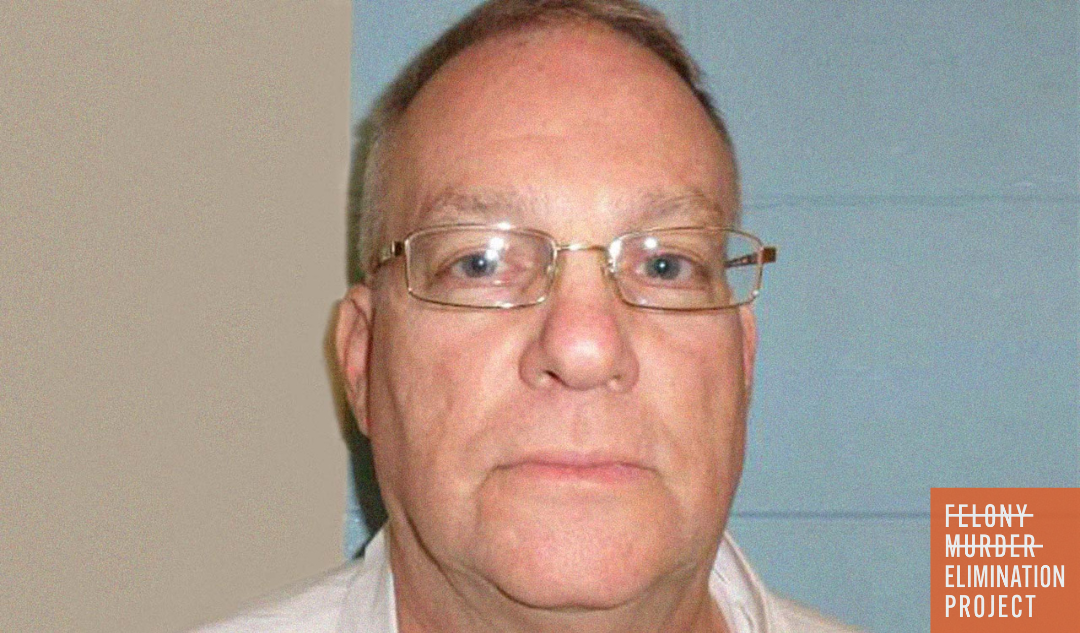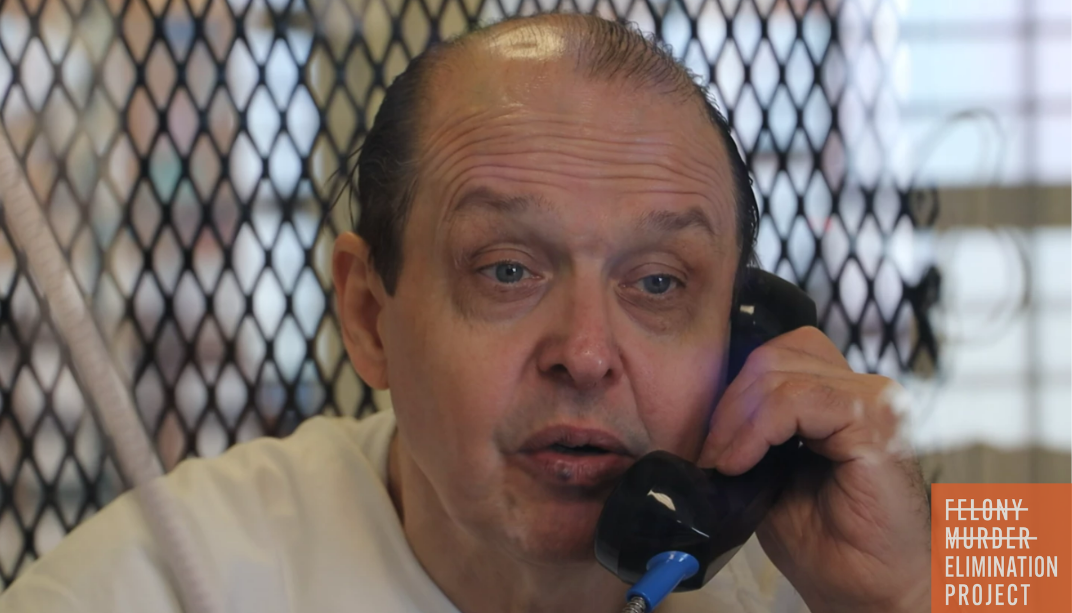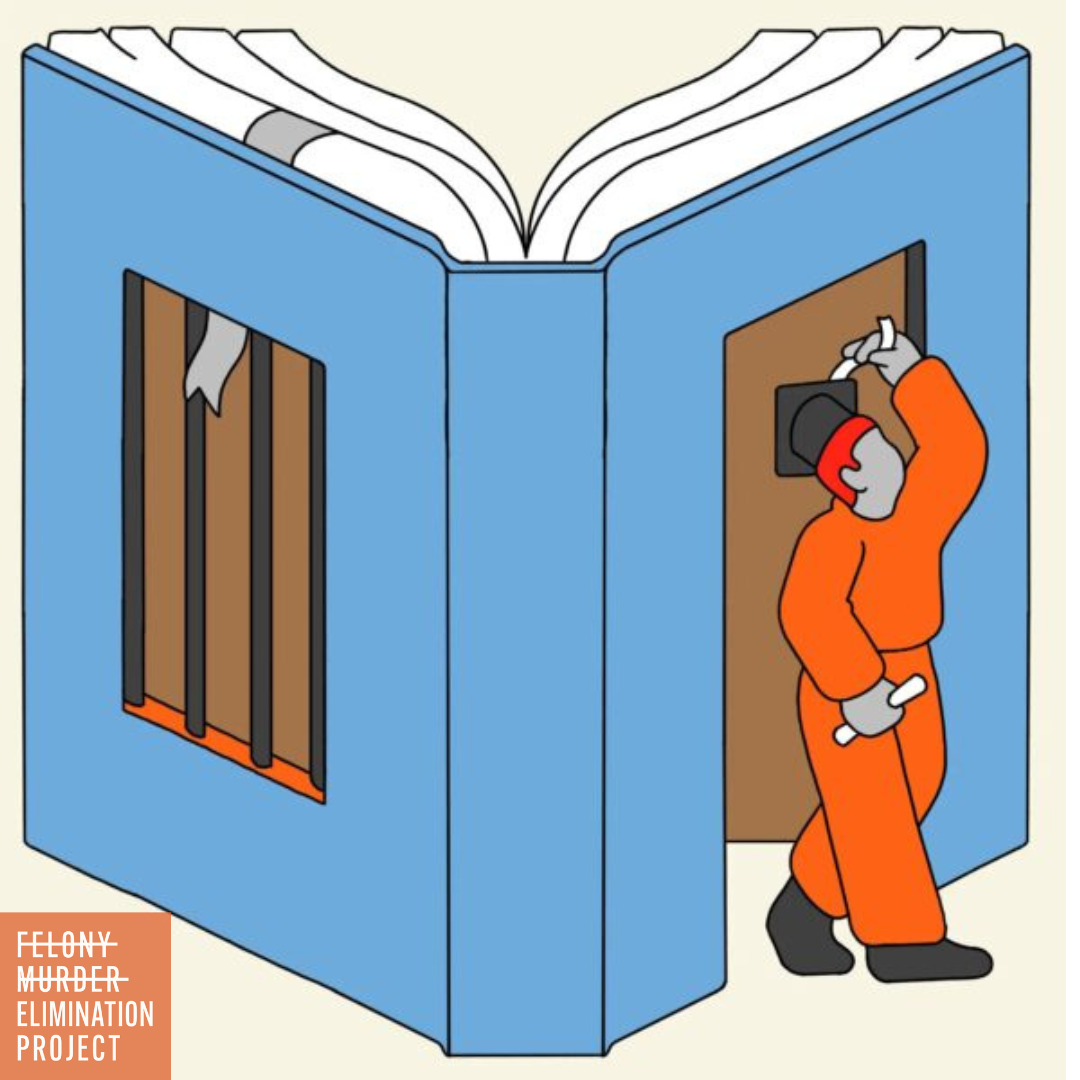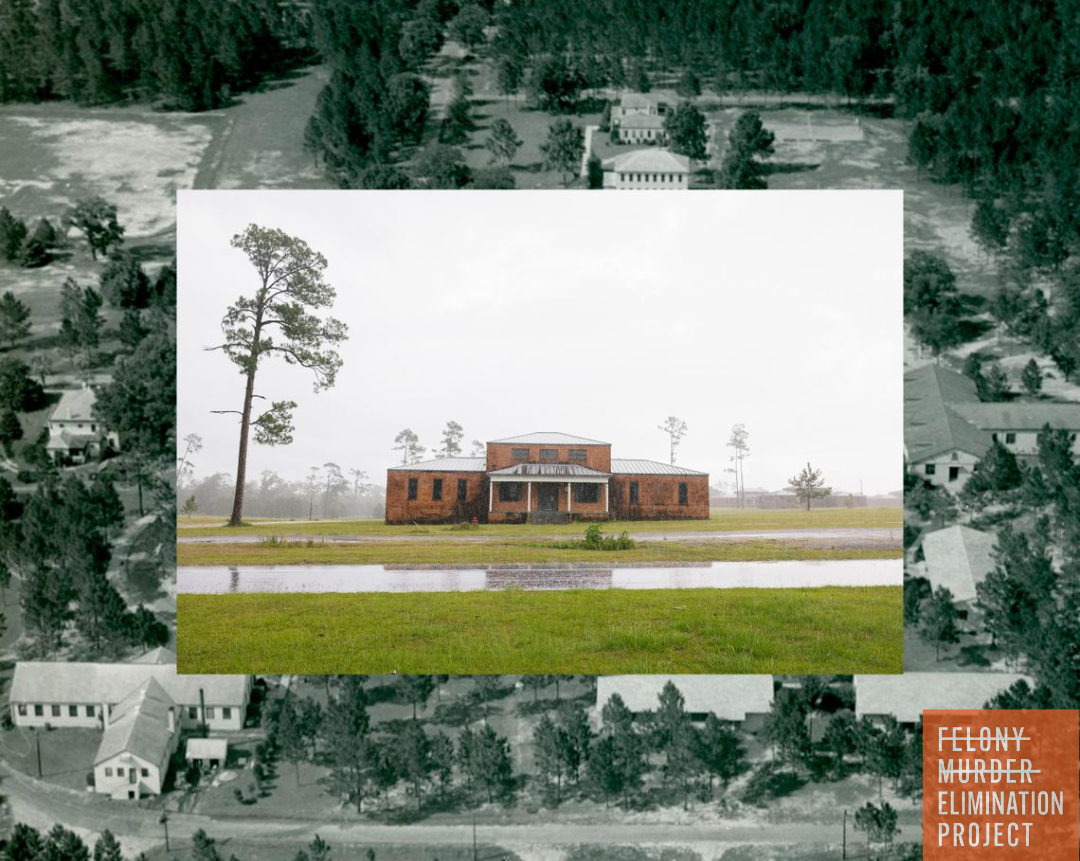California Prisons; Rehabilitation Model to Cautionary Tale
Criminology expert notes CA system became more punitive, focused less on rehabilitation
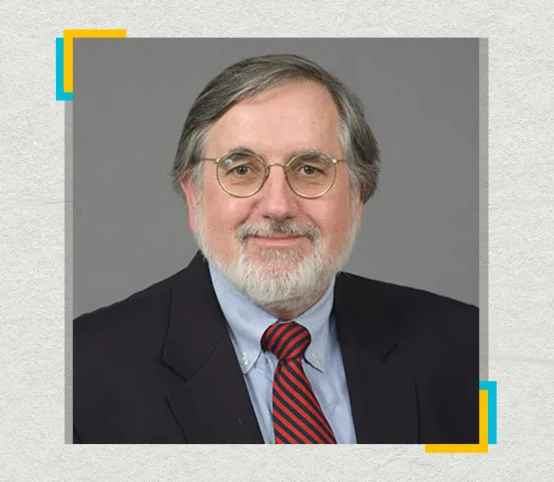
At the end of a year in which Gov. Gavin Newsom vetoed several bills that would have fundamentally changed how California prisons operate, CalMatters conducted a Q&A with the 2022 recipient of the Stockholm Prize in Criminology, which Stanford University’s Institute of International Studies calls "equivalent to the Nobel (Prize) in criminology.”
That recipient, Francis Cullen, is a former president of the Academy of Criminal Justice Sciences, and his research is frequently cited in criminology theory and practices. The California Department of Corrections and Rehabilitation brought him in to address its administrators, particularly concerning community corrections programs.
*****
Q: The California Department of Corrections and Rehabilitation — In its most recent update to a federal court mandate that it reduce its prison population — reported that its facilities were filled to 112% of their capacity. Even that is a big improvement over the drastic overcrowding that prompted the order. Can you help put in context how California got into this situation?
A: It used to be the model of prisons in the country. Even when Ronald Reagan was the governor of California, he cut from about 26,000 to 18,000. They used to have a big treatment orientation, they hired social workers, and basically it was at the forefront of a rehabilitative model of incarceration.
And then in the ‘60s and into the ‘70s, there was an attack on rehabilitation, for a whole bunch of reasons. But the biggest reason is, if you have a rehabilitation model, then you give a lot of discretion to judges and parole boards. In 1976, California … went to determinate sentencing, and basically gave up rehabilitation as a part of their mission. And you gotta understand, liberals went along with that, because they didn’t like parole. They felt the parole boards were keeping in people that were politically active and weren’t letting them out.
California became punitive with its politics. The things that were done, not just in California, but generally, were all justified on the notion that we want inmates to suffer. The more they suffer, the less likely they will be to reoffend, which actually isn’t true. But that was the logic. And the result, I think, was a disaster. When you get rid of rehabilitation, you take the conscience out of the system.
*****
You can read the full interview "A Top Prison Expert on the California ‘Disaster and How to Salvage It" on the CalMatters, website, a nonpartisan and nonprofit news organization bringing Californians stories that probe, explain and explore solutions to quality of life issues while holding our leaders accountable.

